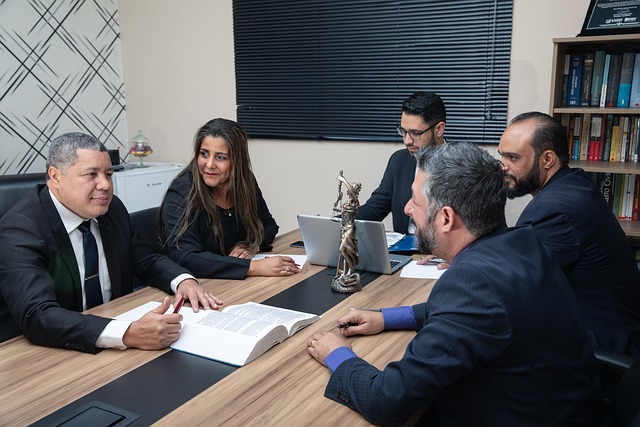Understanding the fee structure of a semi truck accident lawyer is crucial for victims seeking justice. This guide aims to demystify the costs associated with legal representation in commercial vehicle collisions, empowering individuals to make informed decisions. We’ll explore the factors influencing fees, offer strategies for negotiation, and detail common expense types. By understanding these aspects, you can navigate your legal options effectively, ensuring you receive fair compensation for your injuries and losses.
- What Factors Influence Fees for Semi Truck Accident Lawyers?
- How to Understand and Negotiate Costs with a Semi Truck Accident Lawyer
- Common Types of Fees Associated with Semi Truck Accident Cases
What Factors Influence Fees for Semi Truck Accident Lawyers?

When determining fees for semi truck accident lawyers, several factors come into play. One key consideration is the complexity of the case. Given the specialized nature of commercial vehicle accidents, lawyers often charge higher rates for cases involving severe injuries or wrongful death claims, as these cases can be intricate and time-consuming. The lawyer’s experience and expertise in handling similar cases also significantly influences fees; seasoned attorneys with a proven track record in securing substantial settlements or verdicts may command premium rates.
Another factor is the expected duration of legal representation. Cases that are anticipated to extend over an extended period, whether due to prolonged litigation or appeals, often result in higher hourly rates. Additionally, some semi truck accident lawyers may offer contingency agreements where they collect a percentage of any settlement or award, which can vary but typically ranges from 25% to 40%. This arrangement is especially common in commercial disputes where the stakes are high and the potential for significant compensation exists.
How to Understand and Negotiate Costs with a Semi Truck Accident Lawyer

Understanding cost structures is a crucial step when engaging a semi truck accident lawyer. Unlike fixed fees, which are common in other legal services, personal injury attorneys for truck accidents often work on a contingent fee basis. This means their compensation is tied to the outcome of your case – they only get paid if and when you receive an accident settlement or judgment. The percentage typically ranges from 25% to 40% of the final amount.
When discussing costs, be sure to ask about the lawyer’s specific fee structure, what’s included, and any potential out-of-pocket expenses. It’s also wise to inquire about their approach to cost negotiation with insurance companies – a good attorney will strive to secure the best possible accident settlements for their clients while keeping your financial interests in mind. Remember, you deserve fair representation and a portion of any truck accident injuries should cover legal costs.
Common Types of Fees Associated with Semi Truck Accident Cases

When it comes to understanding fees for semi truck accident lawyers, it’s important to be aware that different legal practices have various fee structures. The most common types of fees associated with semi truck accident cases include hourly rates, contingency fees, and a combination of both. Hourly rates are straightforward; clients pay the lawyer based on the number of hours worked, typically at a predetermined rate. This is often used for tasks such as initial consultations, document preparation, and court appearances.
Contingency fees, on the other hand, are more common in personal injury cases, including those involving semi truck accidents. In these arrangements, the lawyer agrees to take a percentage of the final settlement or verdict as their fee, rather than charging an hourly rate. This approach can be beneficial for clients as it removes the financial burden of upfront legal costs. For example, a property damage claim resulting from a semi truck accident might involve contingency fees structured around a 30% maximum, meaning the lawyer receives 30% of any damages recovered, while the client keeps the remaining 70%.





